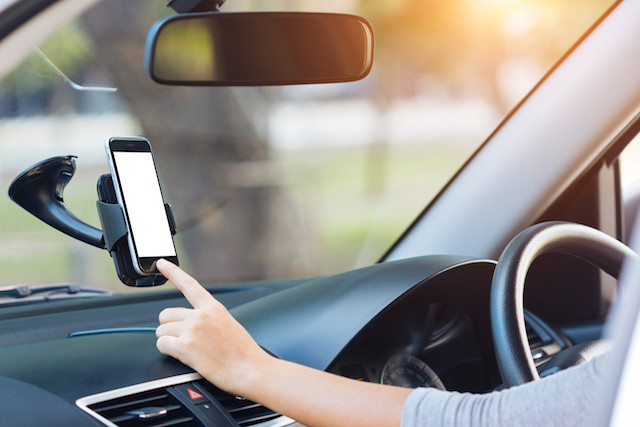As one of 16 innovative companies to represent Luxembourg at the Consumer Electronics Show (CES) in Las Vegas in early January, Motion-S is aiming for success in the coming months. Not only was the team pleased with the meetings with international players that took place or will take place as a result of the event, but they continue developing and perfecting their products.
Motion-S started doing apps seriously back in 2014-15 but “we realised risk assessment, understanding risk from telematics data, goes completely beyond apps,” says Castignani.
The range of the products they have worked on is wide, from GoodDrive, the first connected car insurance which Motion-S developed for Bâloise which incentivises good driving, to Green Fleet, which uses gamification elements to encourage corporate social responsibility via fuel reduction in fleets.
“We see the app not only as an input, but as an output at the same time,” Casatigiani says, admitting that it helps when users keep the app installed. But what’s increasingly important is a platform to analyse telematics from various sources—black boxes, connected vehicles and so on--and provide feedback.
Assessing risk in mobility solutions
In September 2018, Motion-S entered into a partnership with Febiac, the federation representing automotive in Luxembourg and Belgium, which intends to accelerate the activities of the former in the wider mobility ecosystem. An important move for Motion-S, given they believe there will be a change in the model of car ownership in the future.

Two of the co-founders of Motion-S, the first spin-off from the University of Luxembourg: Guido von Scheffer (CEO) and German Castignani (CTO). Photo: Motion-S
“There are a lot of people now going to the dealers, asking for a mobility solution with monthly fee, not the asset of the vehicle,” Castignani says. “The mobility budget the dealer will put forward has a big component of risk. Depending on how people will drive, this will define the cost of insurance, maintenance of car, fuel…so analysis of the driving data is relevant not only to the insurance, but also for all mobility aspects.”
Challenger appeal
The implications of telematics in the insurance sector and carsharing are far-reaching, although it may be moving slower than it should.
This could be, in part, due to the fact that Luxembourg has the highest number of passenger cars per inhabitant within the EU, according to 2016 Eurostat figures. But for car leasing, Castignani says that conversations have started, and the “main actors in leasing are sniffing around telematics to see what they can do, but there is no active telematics in their cars, whether a box, app…”
He hopes this will change, but he believes it will take challengers to gain some traction. “I think actors in Luxembourg are in a comfortable situation, so if they don’t see the way to rapidly create a segmentation to gain market share…they will not go for it.”
